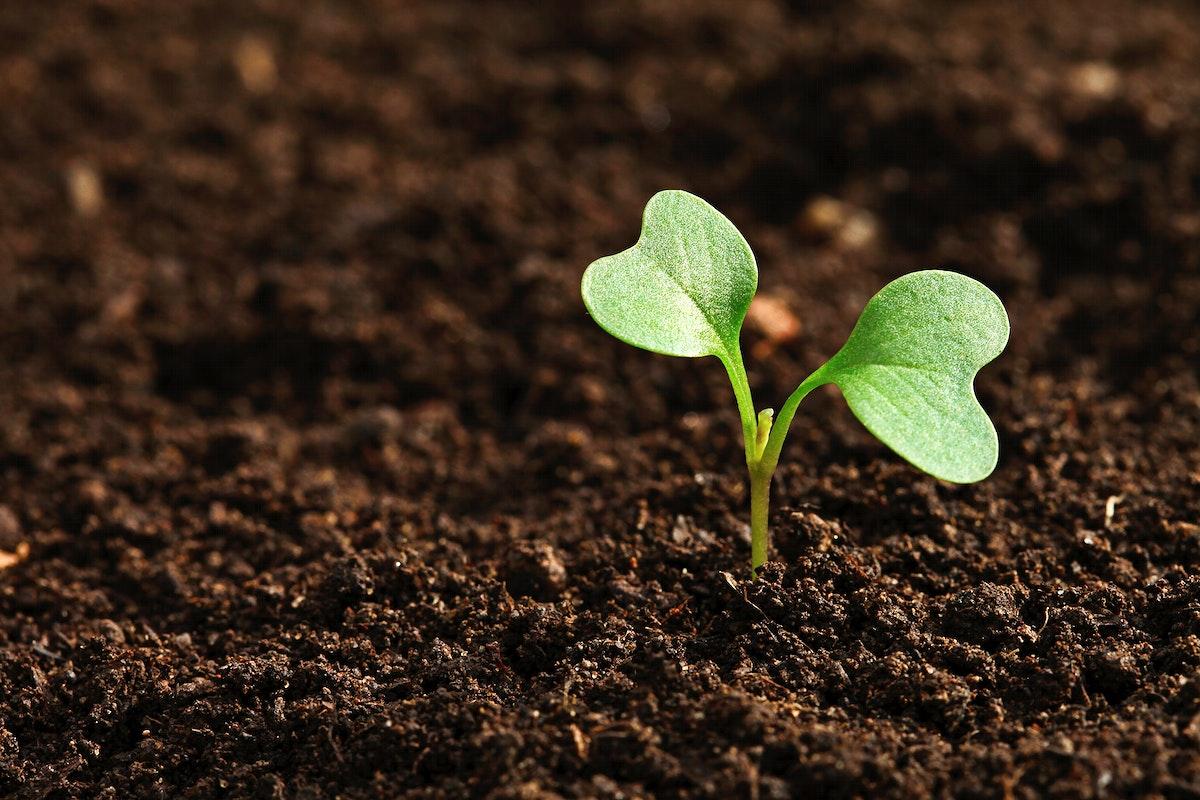
Engineering Greenhouse Design
by Kelly Smith
~Students apply the engineering design process as they learn the advantages and disadvantages of the greenhouse effect.
~Students will work collaboratively to construct a miniature greenhouse to understand how their designs incorporate the processes of heat transfer within a controlled environment.
~Students will collect, record and graph data over time as they compare the inside temperature of their greenhouse to outside.
~Lesson includes extension options in addition to community connection opportunities (University of Arizona's Controlled Environment Agriculture Center as well as Biosphere 2).
Lesson Plan Link/URL
https://docs.google.com/presentation/d/1VZKFo5-eWQEhZQ7fv1NFkKfp6eqLqQtZ/edit?u…Subject Area
Science Physical Science P1: Matter P4: Energy Transfer Earth and Space Science E1: Earth Systems Technology 2. Digital Citizen 4. Innovative Designer 5. Computational Thinker 6. Creative Communicator Engineering S2: Apply the Engineering Design Process S4: Apply Science to Engineering Mathematics Measurement and Data (MD) English Language Arts (ELA) Reading (Informational Text)Related Content

Grades:
6th Grade, 7th Grade, 8th Grade
Environmental Masters of Disaster Team (groups of 3-5 students) will choose an man-made environmental disaster, analyze its effects, then engineer a method or prototype to solve the problem.

Grades:
3rd Grade
SUMMARY: This lesson challenges 3rd grade students to apply their knowledge of the physics of light by having them design, create, and test an obstacle course that their beam of light must navigate

Grades:
3rd Grade
This third-grade STEM lesson introduces students to solar energy, the heat island effect, and data analysis. Students will use temperature gauges to measure different areas of the school at various